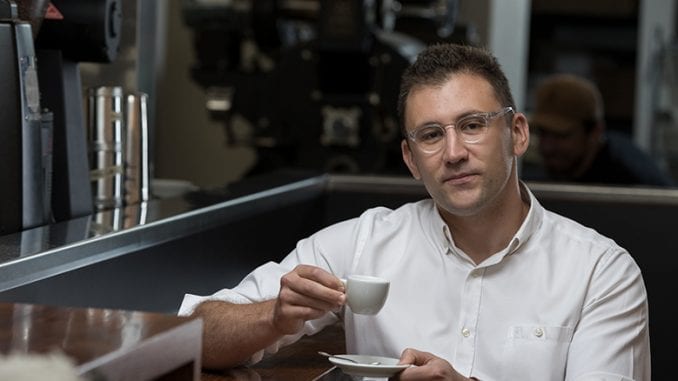
The published coffee author and academic professor is becoming the go-to scientist for specialty coffee.
BY CRAIG BATORY
SPECIAL TO BARISTA MAGAZINE ONLINE
Photos courtesy of Christopher Hendon
Editor’s note: Recently, we featured Scott Rao in an article about his own scientific experiments surrounding espresso extraction. Today, we feature Christopher Hendon, a scientist who has also recently published work on extraction, titled “Systematically Improving Espresso.” You can read further about this research in the newest edition of Barista Magazine, too!
Chemistry professor Christopher Hendon has emerged to become one of the “resident scientists” for specialty coffee. In the past decade, he has conducted dozens of experiments around the complexities of coffee brewing. He has published numerous scientific articles and books, helped crown a U.K. Barista Champion, and presented research at Re:co Symposium. When Christopher isn’t focusing on coffee, he’s teaching Computational Materials Chemistry at the University of Oregon, using supercomputers to crunch quantum mechanical problems.
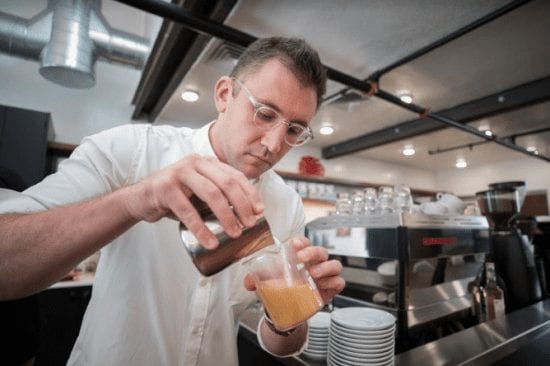
Eight years ago, Christopher was living in England pursuing his Ph.D. at the University of Bath. He developed a personal relationship with Maxwell Colonna-Dashwood and often frequented his cafés, Colonna and Small’s and Colonna and Hunter. It wasn’t until he had a latte brewed with a natural Ethiopian coffee that he realized how different coffee could be under various circumstances. “That was sort of my starting point,” explains Christopher. “But more so when I started talking to Maxwell about the issues he was having with his coffee, and how he was using them for his barista competition routine.”
Within a few years, Christopher began helping Maxwell diagnose the unsolved issues with his coffee and his barista routine. He began examining the chemistry of water and published “The Role of Dissolved Cations in Coffee Extraction.” In the article, Christopher showed how he adjusted the amounts of sodium, magnesium, and calcium in water to change the flavor profile of the brewed coffee. The article led to a breakthrough for Maxwell. “It turned out that the issue Maxwell approached me about (in 2012) had to do with the chemistry of the water,” Christopher says. “The water we practiced with wasn’t the same as the water used in competition. So that became the focus.”
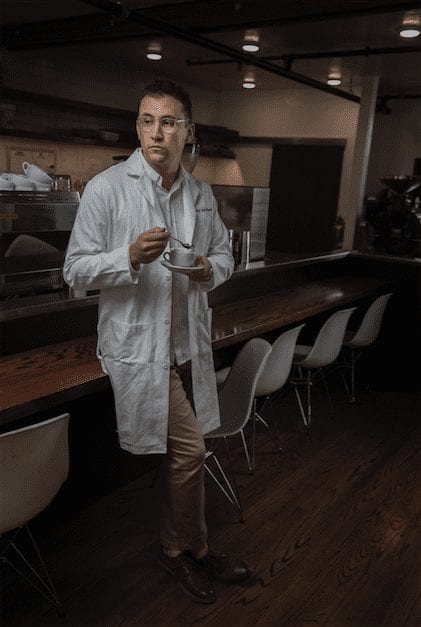
In 2015, Christopher re-created the water used in the U.K. Barista Championship, which helped Maxwell dial in his coffee. “We were anticipating the water and how it affected the coffee, and used all of this information for Maxwell’s routine by adjusting the roast of the coffee and how it was brewed,” says Christopher. That year, Maxwell took first place in the U.K. Barista Championship and fifth overall in the World Barista Championship.
Christopher and Maxwell went on to publish Water for Coffee: Science Story Manual later that year, which provided insight on their research about water chemistry and explored how the composition of water had an effect on the flavor profile of coffee. “We wrote the book to help (coffee professionals) understand the issues with water,” Christopher says. “We wanted to give people all of the science they needed to understand the issue, and they could choose what to do with it.”
Since moving back to the U.S.A., Hendon has diversified his coffee research. In 2016 he published “The Effect of Bean Origin and Temperature on Grinding Roasted Coffee.” The article examined the variables that affect coffee before and after it was ground. “In the coffee industry we talk about density. There were theories about how some coffees extract more than other coffees, like an Ethiopian versus a Kenyan. But I discovered that different origins fracture the same when ground,” Christopher says.
Yet, he came to realize that bean temperature, not the density, proved to be an important factor in grind distribution. “I found that grinding colder coffee beans produced a more uniform particle distribution and decreased particle size,” he explains. “If you cool coffee, you can better control the size and consistency of the fines. It also led me to examine how coffee is affected by burrs heating up from grinding over a prolonged period of time. I couldn’t get a scientific measurement on the temperature of the burrs, so what I focused on was cooling the beans.” Christopher spoke about this at Re:co in 2017.
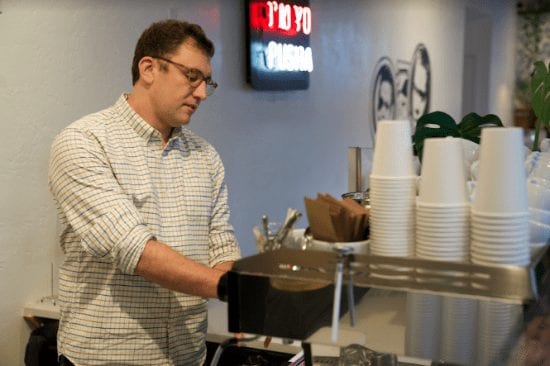
In 2017 Christopher wrote “The Impact of Solvent Relative Permittivity on the Dimerisation of Organic Molecules Well Below Their Solubility Limits,” using quantum chemical methods to probe the compounds found in coffee. And earlier this year, he published “Systematically Improving Espresso,” where he examined how, under certain circumstances, lowering the dose and grinding coarser for espresso will consistently produce a higher percentage of coffee solubles in a shot of espresso. “There is a critical grind setting where you produce a sufficient number of fines and you’re no longer able to evenly extract from that coffee bed. And you get a mixture of over- and under-extracted flavors,” Christopher explains. “We want to show that you can very quickly have a high extraction that is consistent in every shot. And it can apply directly to any café.”
Christopher is currently working on creating a coffee curriculum at the University of Oregon. In the meantime, he is continuing his research on issues that continue to befuddle coffee experts.
“In every single project I’ve worked on, someone has been told that there’s a ‘best way’ to do something. But if you can’t validate it with fundamental science, then it’s hard to arrive at that conclusion without having any data,” Christopher says. “One of the key missions for me, as an academic, is to raise the scientific literacy of coffee professionals. Science is here to make coffee simpler.”
More of Christopher Hendon’s work can be found on his website.
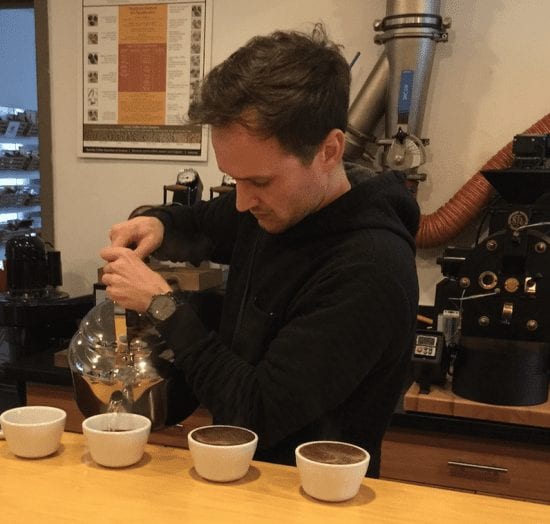
ABOUT THE AUTHOR
Craig Batory is a coffee professional, journalist, and digital marketer currently based in Detroit. You can reach him directly at hello@craigbatory.com.

